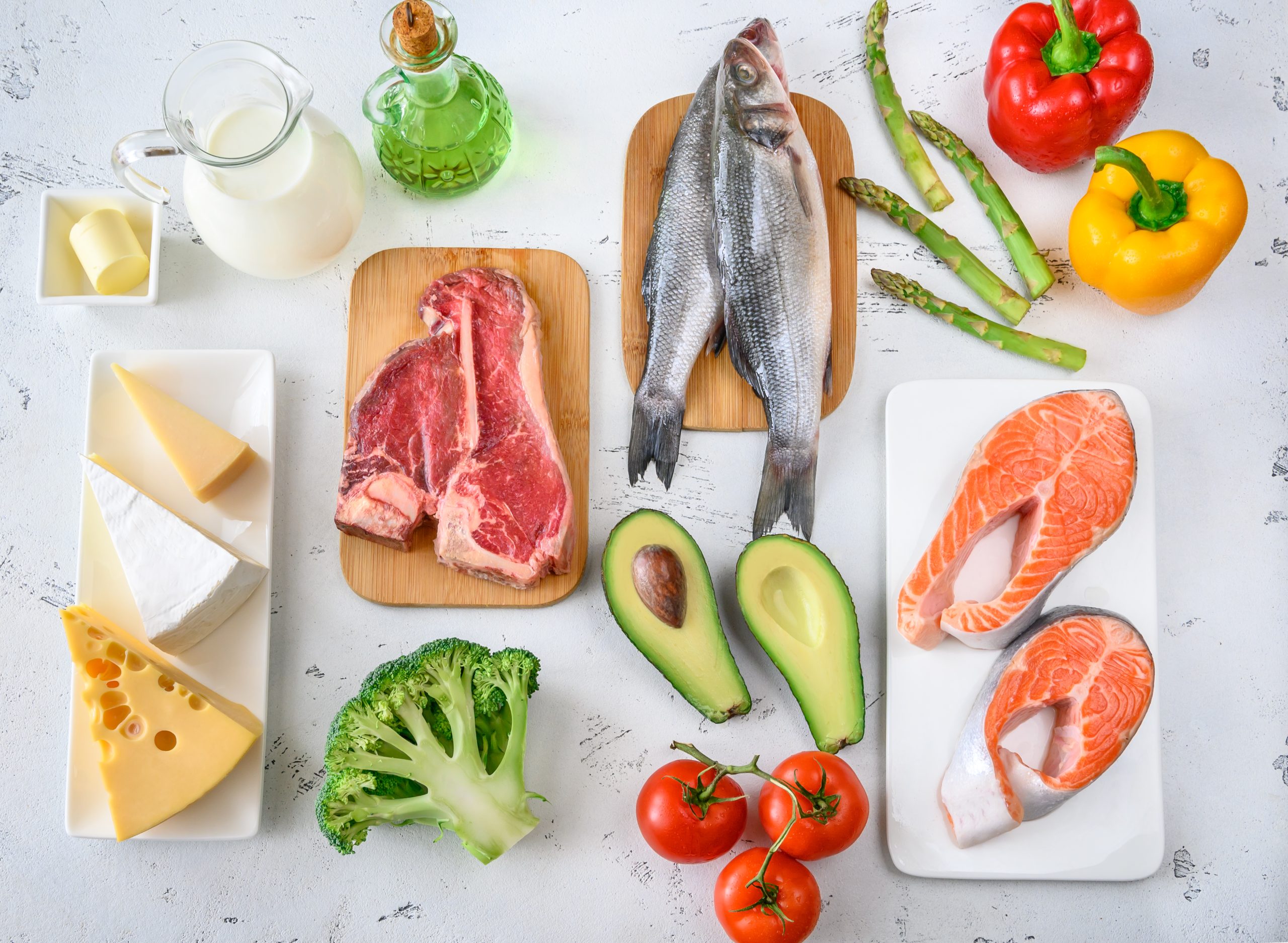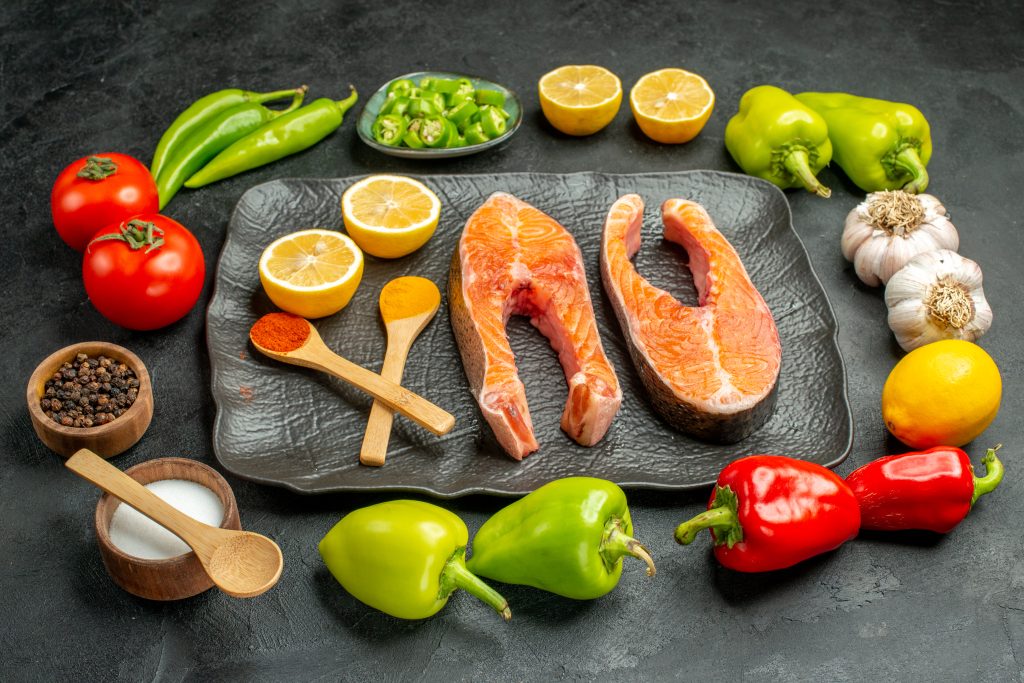Atkins Diet vs Keto, Choose The Best One!
All Articles, Atkins Diet, Low-Carb Diets
The debate over Atkins Diet vs Keto continues as these two prominent low-carbohydrate diets vie for popularity. This comprehensive article aims to explore their similarities, differences, and implications for health and weight management.
Table of Contents
- Introduction to Low-Carbohydrate Diets
- Exploring the Atkins Diet
- Understanding the Keto Diet
- Comparing Atkins Diet vs Keto Diet
- Nutritional Analysis and Public Perception
- Conclusion: Which Diet Wins?
- References
Introduction to Low-Carbohydrate Diets
Both the Atkins Diet vs Keto Diet are renowned for their ability to enhance weight loss and improve metabolic health through a reduced carbohydrate intake. However, when diving into the atkins vs keto diet differences, it becomes apparent that each has unique protocols and outcomes. The core query, is the Atkins diet the same as keto, often arises among newcomers, which this article aims to answer comprehensively.
The Atkins Diet has been around since the 1970s, gaining significant attention for its promise of quick weight loss without hunger. Dr. Robert Atkins introduced this diet, emphasizing the reduction of carbohydrates to change the body’s metabolism from burning glucose to burning stored fat. The Keto Diet, originally developed in the 1920s as a treatment for epilepsy, has gained modern popularity due to its effectiveness in rapid weight loss and potential health benefits beyond weight management, such as improved mental clarity and sustained energy levels.
Both diets are grounded in the concept of ketosis, a metabolic state where the body burns fat for fuel instead of carbohydrates. In ketosis, the liver converts fat into ketones, which provide energy. However, the difference between keto diet and Atkins diet lies in their approach to achieving and maintaining this state. While Atkins transitions through phases with varying carb levels, Keto maintains a consistent low-carb intake.
Exploring the Atkins Diet
The Atkins Diet, structured in multiple phases, offers a flexible approach to carbohydrate restriction, gradually adjusting carb intake to suit individual metabolic needs.
| Phase | Description | Typical Carbohydrate Intake |
|---|---|---|
| Induction | Kickstart weight loss by minimizing carb intake. | 20-25 grams per day |
| Balancing | Slowly introduce more carbs from diverse sources. | 25-50 grams per day |
| Fine-Tuning | Adjust carb intake as you approach target weight. | 50-80 grams per day |
| Maintenance | Maintain weight and health with a balanced carb intake. | 80-100 grams per day |
The phased approach of the Atkins Diet vs Keto allows for flexibility and customization, which can be particularly beneficial for those who find strict diets challenging to maintain. However, the initial phase can be quite restrictive, and some people may find it difficult to transition between phases without regaining weight.
Understanding the Keto Diet
The Keto Diet maintains a strict regimen focusing on high fat and extremely low carb intake to sustain ketosis, differing fundamentally from the phased approach of the Atkins Diet.
| Nutrient | Percentage of Daily Caloric Intake |
|---|---|
| Fat | 70-80% |
| Protein | 20% |
| Carbs | 5-10% |
The Keto Diet’s primary goal is to maintain a state of ketosis consistently. By drastically reducing carbohydrate intake and increasing fat consumption, the body is forced to rely on fat for energy. This not only promotes fat loss but also stabilizes blood sugar levels, making it an attractive option for those with insulin resistance or type 2 diabetes.
Beyond weight loss, the Keto Diet is associated with numerous health benefits, including improved cognitive function, better energy levels, and potential therapeutic effects for neurological conditions. Research indicates that ketosis may have protective effects against certain neurodegenerative diseases and can improve mental clarity and focus.
The strictness of the Keto Diet can be a double-edged sword. While it ensures the body remains in ketosis, it can be challenging to maintain, especially in social situations where carbohydrate-rich foods are prevalent. Additionally, the initial phase, often referred to as the “keto flu,” can cause symptoms like fatigue, headache, and irritability as the body adapts to a low-carb regimen.

Comparing Atkins Diet vs Keto Diet
When comparing Atkins Diet vs Keto Diet, the flexibility of the Atkins Diet in adjusting carbohydrate levels can be appealing for long-term adherence compared to the strict, unchanging approach of the Keto Diet. This difference between keto diet and Atkins diet is crucial for understanding which diet might align better with individual dietary preferences and lifestyle needs.
| Aspect | Atkins Diet | Keto Diet |
|---|---|---|
| Carbohydrate Intake | Varies by phase, up to 100 grams/day | Consistently 20-50 grams/day |
| Fat Intake | Moderate to high | High (70-80% of daily intake) |
| Protein Intake | Moderate | Moderate (20% of daily intake) |
| Flexibility | High, increases over time | Low, remains consistent |
| Ketosis Maintenance | Initial phase only | Throughout the diet |
| Long-term Sustainability | More adaptable | Can be challenging to maintain |
Nutritional Analysis and Public Perception
The impact of each diet on health, particularly regarding weight management and metabolic health, varies based on the individual’s adherence and response to carb restriction. Public perception tends to favor the Keto Diet for rapid results, while the Atkins Diet is recognized for its phased, potentially more sustainable approach.
Keto Diet vs Atkins often centers around their efficacy in rapid weight loss and improved metabolic responses. Keto Diet v Atkins highlights how sustained ketosis can potentially offer quicker results in terms of fat loss and reduced blood sugar levels.
The long-term effects of these diets on heart health are still a topic of research, but selecting healthy sources of fats and proteins is crucial in managing cholesterol levels and reducing the risk of cardiovascular disease. Both diets emphasize reducing refined carbohydrates, which can positively impact heart health by lowering triglycerides and improving HDL cholesterol levels.
The difference between keto diet and Atkins diet in terms of adaptability can be significant. The Atkins Diet’s phased approach might offer more flexibility, making it easier for some to stick with in the long run compared to the strict continuous ketosis state required by the Keto Diet. This flexibility can be particularly beneficial for individuals who find it challenging to maintain very low carbohydrate intake indefinitely.
Conclusion: Which Diet Wins?
In the debate of Keto Diet vs Atkins, there is no one-size-fits-all answer. The choice between Keto Diet v Atkins or Keto Diet versus Atkins depends on personal health goals, dietary preferences, and the ability to maintain the diet over the long term. Both the Atkins Diet and the Keto Diet offer effective tools for health improvement, but they must be tailored individually to fit personal nutritional needs and health objectives.
Choosing between the Atkins Diet vs Keto Diet requires careful consideration of one’s health status, goals, and dietary preferences. Consulting with healthcare professionals can ensure that any diet plan followed is nutritionally balanced and suitable for specific health conditions. Personalized adjustments and ongoing monitoring can help maximize the benefits of either diet while minimizing potential risks.
References
- Mayo Clinic on Atkins Diet
- Mayo Clinic on Keto Diet
- Healthline: Atkins vs Keto
- WebMD: Keto Diet Explained
- Diet Doctor: Difference Between Atkins and Keto
- Eat Right: Atkins vs Keto
Learn more about atkins diet in our blog.